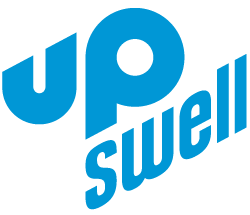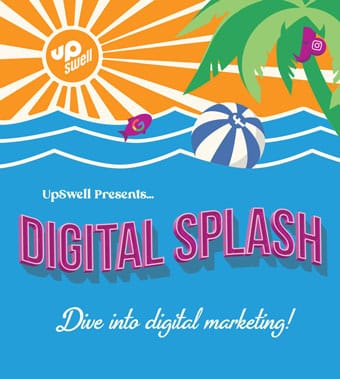It’s time to dust off your marketing playbook and take a deep dive into your strategy for the new year. We want to start the conversation about building an effective marketing strategy for 2025 by letting you in on some insights to keep your brand ahead of the curve.
You already know the drill: things are constantly changing, the competition never sleeps, and consumers need to be more focused than ever, making it harder and harder to keep their attention on your business. What worked this past year won’t necessarily work for next year. So, with that in mind, staying on top of emerging marketing trends and adapting to your customers’ changing expectations should help shape your 2025 marketing strategy.
Here are some things to consider as you fine-tune your approach and set a course for success in 2025:
Review Your Marketing Mix and Diversity Your Channel Strategy
What channels are you using? Which ones aren’t working? Use your data from this past year to make an initial review of your tactics, and then move forward into 2025 based on what you find. This is a good baseline for building your new strategy — discovering what worked and what didn’t — but continue monitoring which channels deliver the most engagement and conversions. Let’s repeat that: continue monitoring! That’s the key here, so be prepared to pivot in the new year.
Don’t be afraid to cut something that isn’t working. The worst thing you can do is continue funneling your valuable marketing dollars into something that isn’t reaching your audience anymore.
Messaging Matters: Trends for 2025
You can even go a step further and analyze your brand messaging. What language, messages, or offers resonate with your customers? We expect to see a push for the following in 2025:
- Integrating sustainability and social responsibility as a core part of a brand. Consumers are more environmentally aware, and whether it’s reducing packaging waste, supporting social causes, or committing to ethical practices, they want to hear about what you’re doing to contribute.
- Exclusive online spaces, like Facebook Groups, broadcast channels, or brand-specific forums, where customers can interact with one another and feel part of a larger movement. This is especially helpful for fitness centers and gyms that want to build an active community for their members. This creates an emotional connection, boosts engagement, and can even amplify word-of-mouth marketing.
- More nostalgia marketing, tapping into customers’ memories, experiences, and connections. Both Gen Z and Millennial consumers resonate with relatable, nostalgic content, and businesses can use this to inspire trust and engagement.
Get Real and Honest Customer Feedback
The attention of your customers is fleeting, and there’s no better way to understand their wants and desires for your business and services than hearing directly from them. It’s important to understand that your business is not meant for you; it’s meant for your customers. So move beyond what you think you should do and make decisions based on your customers’ needs and how they use your services.
The Art of Budget Allocation: Think Big, Budget Better
Consider your growth stage as you plan your budget and revenue predictions. Businesses that want to maintain their market position typically dedicate 7% to 10% of their revenue to marketing—generally a good rule of thumb. However, if you’re looking to experience faster growth, allocating anywhere from 15% to 30% of your projected revenue is more common.
Keep your goals in mind, but it’s important to be realistic about what you can allocate for your marketing budget. Every marketer has their own opinions and recommendations on the best or ideal budget for each market, but you know your business better than anyone. Be realistic with both your goals and your budget. Sometimes, this may mean getting crafty with a smaller budget —and that’s okay!
Now that we’ve covered some things you should do before jumping into 2025, it’s time to build your marketing plan, and there’s no need to do it alone. Contact the experts at UpSwell to start building a strategy that drives growth and connects with your audience.






